

Articles
How To Store Polaroid Pictures
Modified: December 7, 2023
Learn the best techniques for storing and preserving your cherished polaroid pictures in this collection of informative articles.
(Many of the links in this article redirect to a specific reviewed product. Your purchase of these products through affiliate links helps to generate commission for Storables.com, at no extra cost. Learn more)
Introduction
Welcome to the fascinating world of Polaroid photography! Owning a Polaroid camera and capturing instant photos has a charm of its own. The uniqueness and vintage appeal of Polaroid pictures make them prized possessions for many photography enthusiasts and collectors. However, it’s important to remember that the longevity and quality of these instant photos largely depend on how they are stored and preserved.
In this article, we will delve into the significance of proper storage for Polaroid pictures and provide you with practical tips on how to store them to ensure their longevity. Whether you are an avid Polaroid photographer or simply someone who cherishes these nostalgic prints, this guide will equip you with the knowledge to maintain the integrity of your beloved Polaroid pictures.
Key Takeaways:
- Proper storage and preservation of Polaroid pictures is essential for maintaining their quality and longevity, safeguarding cherished memories and contributing to the preservation of a unique art form.
- Creating an optimal storage environment, handling with care, and avoiding common mistakes are crucial steps in ensuring the longevity and pristine condition of precious Polaroid pictures.
Read more: How To Store Polaroids
Importance of Proper Storage for Polaroid Pictures
Proper storage is crucial for preserving the quality and longevity of Polaroid pictures. These instant photographs are unique in that they develop and stabilize right before your eyes. However, they are also susceptible to damage and deterioration if not stored correctly.
Exposing Polaroid pictures to unfavorable conditions can cause fading, color shifting, or even complete loss of the image over time. The delicate nature of the emulsion and chemicals used in Polaroid films makes them particularly vulnerable to heat, humidity, light, and physical damage.
Preserving these captivating memories is not only about protecting the visual image but also safeguarding the sentimental value associated with each Polaroid picture. These instant photographs capture moments, emotions, and stories that hold a special place in our hearts. By ensuring proper storage, we can cherish and share these memories for years to come.
Additionally, proper storage is essential for collectors and enthusiasts who appreciate the historical, artistic, and cultural significance of Polaroid photography. By maintaining the integrity of Polaroid pictures, we contribute to the preservation of a unique art form and encourage the continuation of this medium.
Choosing the Right Storage Environment
When it comes to storing Polaroid pictures, creating the ideal storage environment is key to their long-term preservation. Here are some factors to consider:
- Temperature: Polaroid pictures should be stored in a cool, dry environment. Fluctuations in temperature can cause the emulsion to deteriorate, leading to color fading or even physical damage. Avoid storing them in areas prone to extreme heat or cold, such as attics, basements, or garages.
- Humidity: Excessive humidity can cause mold, mildew, and moisture damage to Polaroid pictures. It is recommended to store them in a humidity-controlled environment, ideally with a relative humidity level of around 40-50%. Avoid areas with high humidity, such as bathrooms or damp basements.
- Light exposure: Direct sunlight or prolonged exposure to artificial light can fade the colors and degrade the quality of Polaroid pictures. Store them in a location away from direct sunlight and fluorescent lights. If displaying your Polaroid pictures, consider using UV-filtering glass or acrylic frames to protect them from harmful UV rays.
- Air circulation: Proper air circulation is important to prevent the buildup of moisture and mold. Avoid storing Polaroid pictures in airtight containers or plastic sleeves as they can trap moisture and damage the prints. Opt for acid-free archival storage boxes or albums that allow for airflow.
By considering these factors and creating an optimal storage environment, you can significantly extend the lifespan of your Polaroid pictures and preserve their quality for future generations to enjoy.
Handling and Storing Polaroid Pictures
Proper handling and storage techniques play a vital role in preserving the quality of Polaroid pictures. Here are some guidelines to follow:
- Clean hands: Always make sure your hands are clean and dry before handling Polaroid pictures. Oils, dirt, and moisture from your hands can transfer to the prints, causing damage over time.
- Hold the edges: When picking up a Polaroid picture, hold it by the edges to minimize contact with the image area. This helps prevent smudges or fingerprints that could degrade the quality of the print.
- Store flat: Ideally, Polaroid pictures should be stored flat to avoid any bending or warping. If using an album, ensure it has acid-free archival pages and place the prints securely in the designated slots.
- Separate with acid-free paper: If stacking multiple Polaroid pictures, use acid-free archival paper or tissue to separate them. This prevents any potential friction or color transfer between the prints.
- Avoid adhesives: Do not use tape, glue, or adhesive labels directly on Polaroid pictures as they can damage the emulsion and leave residue. If labeling is necessary, use acid-free photo-safe pens or labels attached to the back of the print.
- Consider protective sleeves: For added protection, consider placing Polaroid pictures in individual acid-free, archival-quality plastic sleeves. This helps guard against dust, moisture, and physical damage.
By following these handling and storage practices, you can ensure the longevity and pristine condition of your precious Polaroid pictures.
Store Polaroid pictures in a cool, dry place away from direct sunlight to prevent fading and discoloration. Use acid-free photo albums or archival sleeves to protect them from damage.
Common Mistakes to Avoid
Preserving Polaroid pictures requires proper care and attention. Here are some common mistakes to avoid:
- Exposing to extreme temperatures: Avoid storing Polaroid pictures in locations with extreme heat or cold, as this can lead to emulsion damage or color fading.
- Allowing prolonged exposure to light: Direct sunlight or excessive artificial light can cause the colors in Polaroid pictures to fade over time. Store them in a dark or low-light environment.
- Using non-archival materials: Avoid using adhesive tapes, low-quality albums, or acidic paper, as they can cause damage, discoloration, or leave residue on the Polaroid prints. Opt for acid-free, archival-quality materials instead.
- Stacking or overcrowding: Avoid stacking too many Polaroid pictures on top of each other or overcrowding them in storage containers or albums. This can lead to bending, warping, or damage from friction.
- Not protecting from moisture: Moisture can cause significant damage to Polaroid pictures, leading to mold growth or deterioration of the emulsion. Ensure they are stored in a dry environment and consider using moisture-absorbing packets in storage containers.
- Neglecting to back up digital copies: While physical Polaroid pictures hold a special charm, it’s always a good idea to create digital backups of your precious memories. This ensures that even if something were to happen to the physical prints, you still have a digital copy for safekeeping.
By avoiding these common mistakes, you can protect your Polaroid pictures and preserve their quality for years to come.
Read also: 9 Best Polaroid Picture Frames for 2024
Additional Tips for Long-Term Preservation
For those looking to further enhance the preservation of their Polaroid pictures, here are some additional tips:
- Make digital copies: In addition to physical storage, consider scanning your Polaroid pictures and creating digital copies. This provides an extra layer of protection and allows for easy sharing and printing in the future.
- Use acid-free storage materials: Choose acid-free archival-quality storage boxes, albums, and sleeves to prevent any potential chemical reactions that may degrade the quality of the prints.
- Store in a temperature-controlled environment: If possible, store Polaroid pictures in a temperature-controlled environment, such as a climate-controlled room or cabinet, to minimize the effects of temperature fluctuations.
- Handle with cotton gloves: For utmost protection, consider using cotton gloves when handling Polaroid pictures to prevent any direct contact with oils or dirt from your fingers.
- Rotate displays: If you choose to display your Polaroid pictures, consider rotating them periodically to minimize the exposure to direct light and prevent fading.
- Keep a record: Maintain a record or inventory of your Polaroid pictures, including any relevant information like dates, locations, or special memories associated with each photo. This adds sentimental value and assists with organizing and tracking your collection.
- Monitor for signs of deterioration: Regularly inspect your Polaroid pictures for any signs of deterioration, such as color shifting, fading, or deterioration of the emulsion. Early detection allows for prompt action to prevent further damage.
- Consider professional preservation: For irreplaceable or valuable Polaroid pictures, consider consulting a professional archivist or conservator who specializes in the preservation of photographs. They can provide expert advice on specific preservation techniques or treatments.
By incorporating these additional tips into your preservation efforts, you can ensure that your Polaroid pictures remain in excellent condition for generations to come.
Conclusion
Polaroid pictures capture special moments and hold a nostalgic charm that is cherished by many. By understanding the importance of proper storage and implementing the right techniques, you can extend the lifespan and preserve the quality of these instant photographs.
Choosing the right storage environment, handling the pictures with care, and avoiding common mistakes are crucial steps in ensuring their longevity. Creating an optimal storage environment involves controlling temperature, humidity, and light exposure, as well as providing proper air circulation.
Handling Polaroid pictures with clean hands, storing them flat or in archival-quality albums, and avoiding adhesives or overcrowding are essential practices to prevent damage. Additionally, considering the use of acid-free materials, making digital backups, and monitoring for signs of deterioration can enhance long-term preservation.
Preserving Polaroid pictures is not just about protecting the visual image, but also safeguarding the memories and stories associated with each photo. By taking the necessary steps to maintain the integrity of these unique prints, we can continue to cherish and share these moments for years to come.
Remember, proper storage and preservation techniques are not only important for individual Polaroid photographers, but also for enthusiasts, collectors, and the preservation of a unique art form. By following the guidelines outlined in this article, you contribute to the preservation of the cultural and historical significance of Polaroid photography.
So, take the time to create the ideal storage environment, handle your Polaroid pictures with care, and avoid common mistakes. With proper preservation, your Polaroid pictures will continue to bring joy and evoke memories for generations to come.
Frequently Asked Questions about How To Store Polaroid Pictures
Was this page helpful?
At Storables.com, we guarantee accurate and reliable information. Our content, validated by Expert Board Contributors, is crafted following stringent Editorial Policies. We're committed to providing you with well-researched, expert-backed insights for all your informational needs.
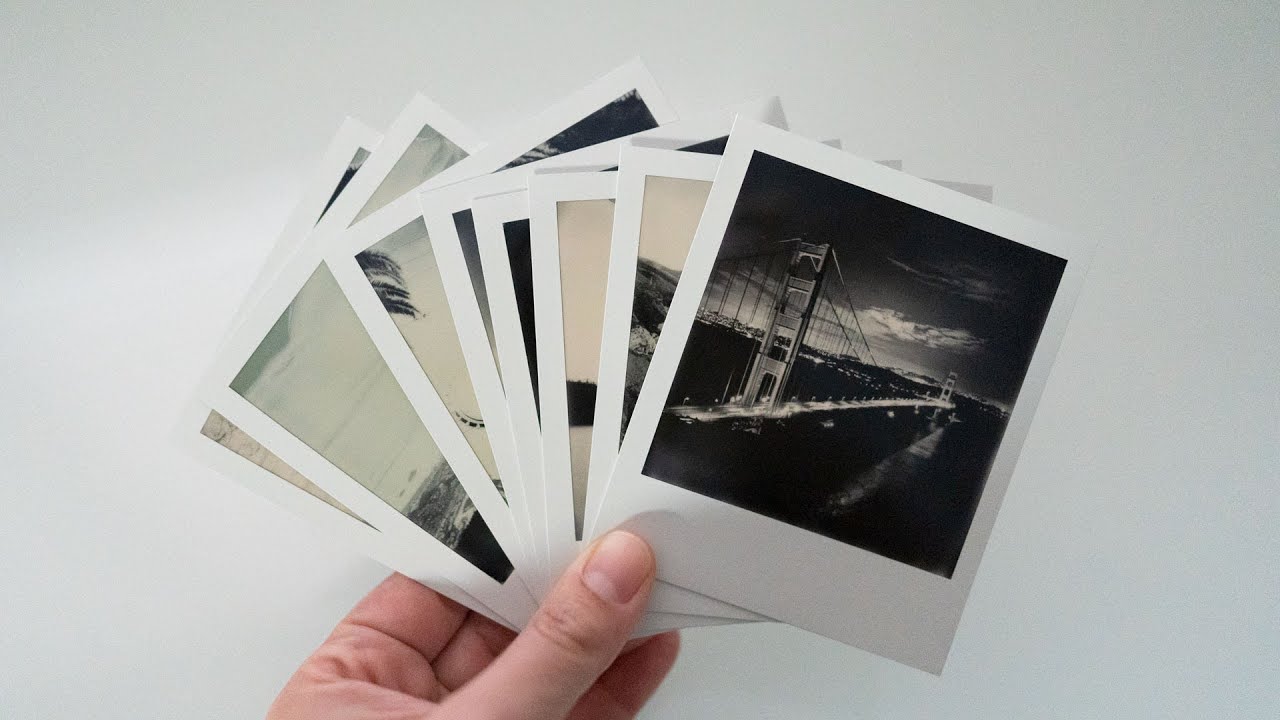



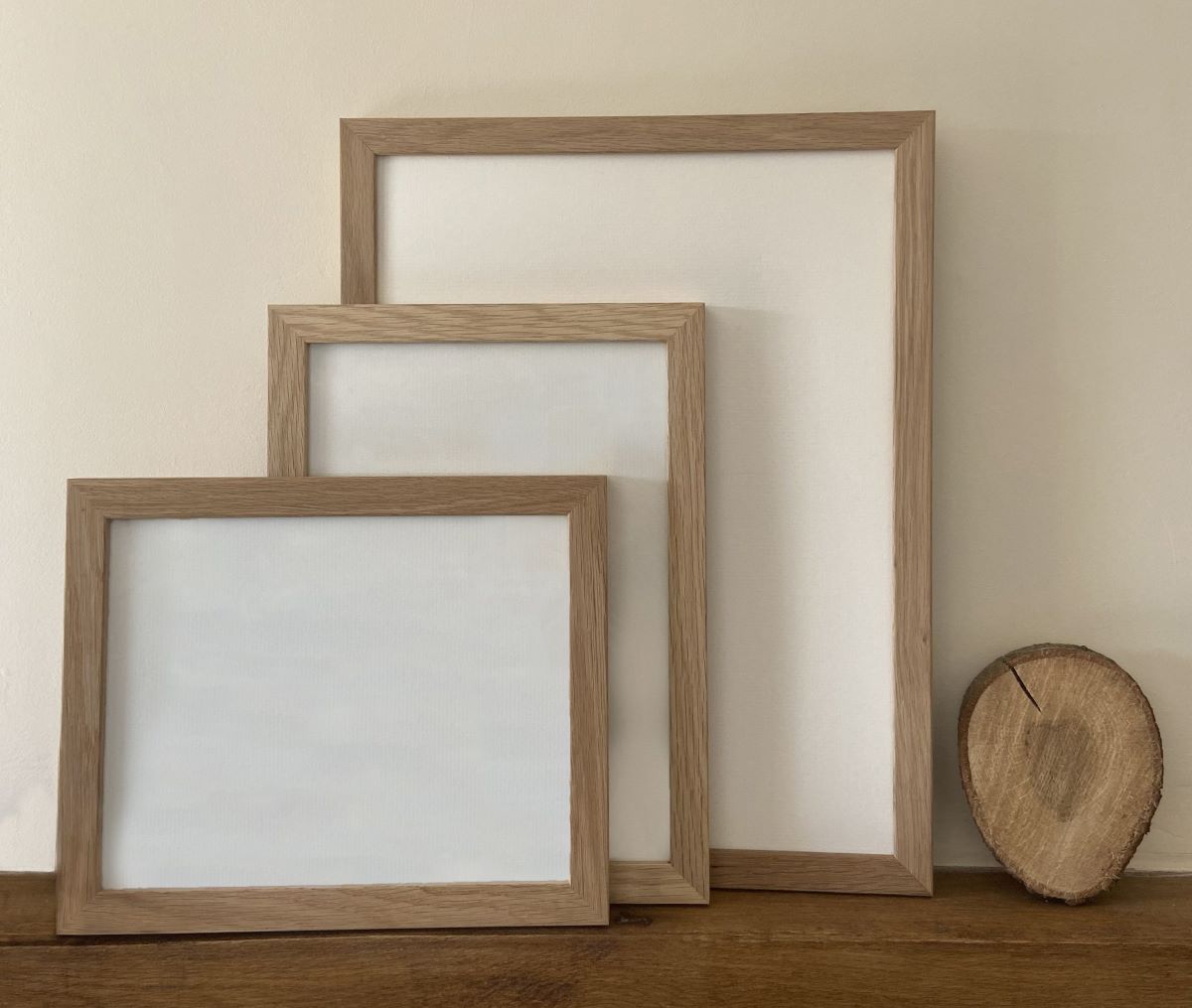
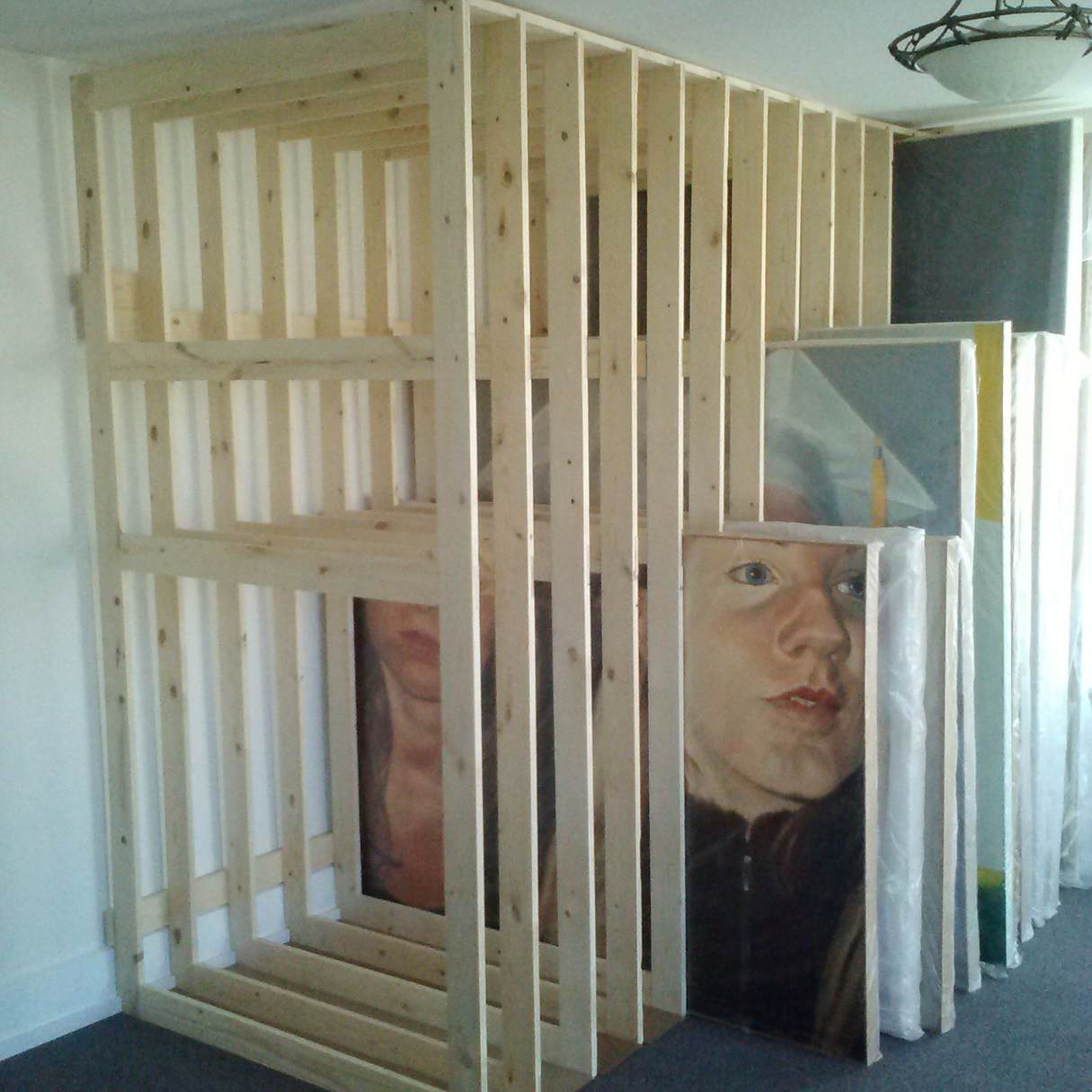



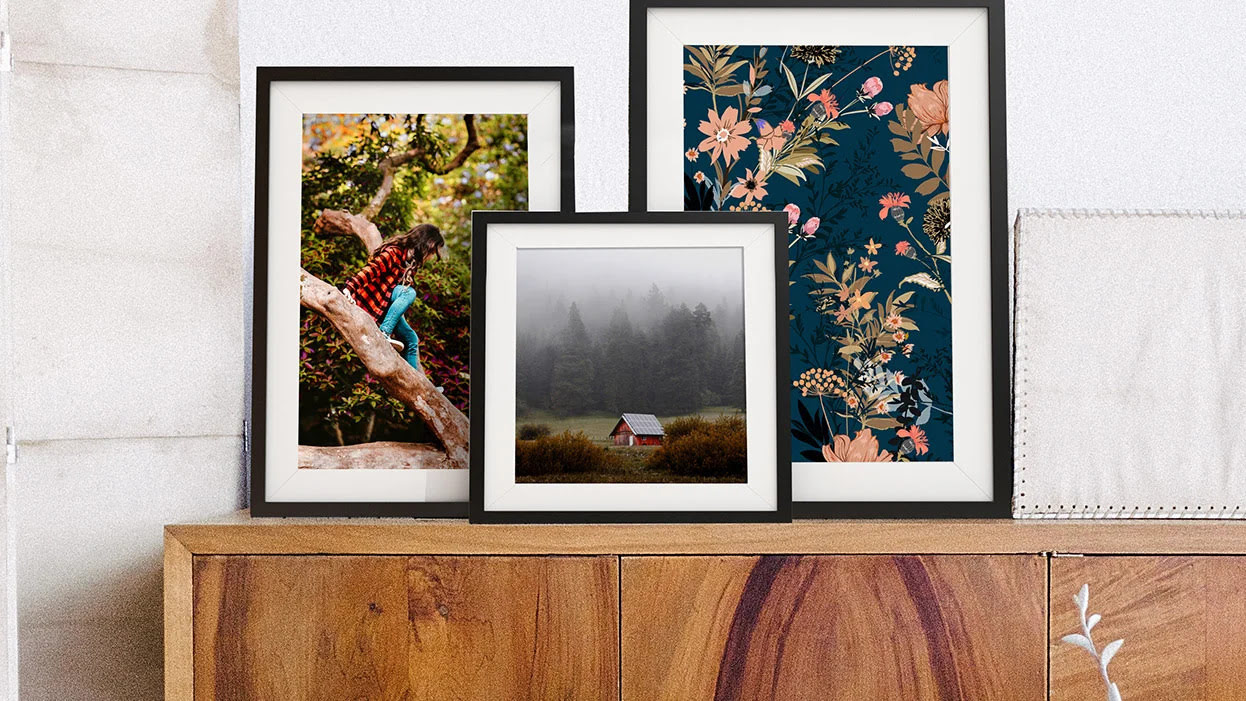
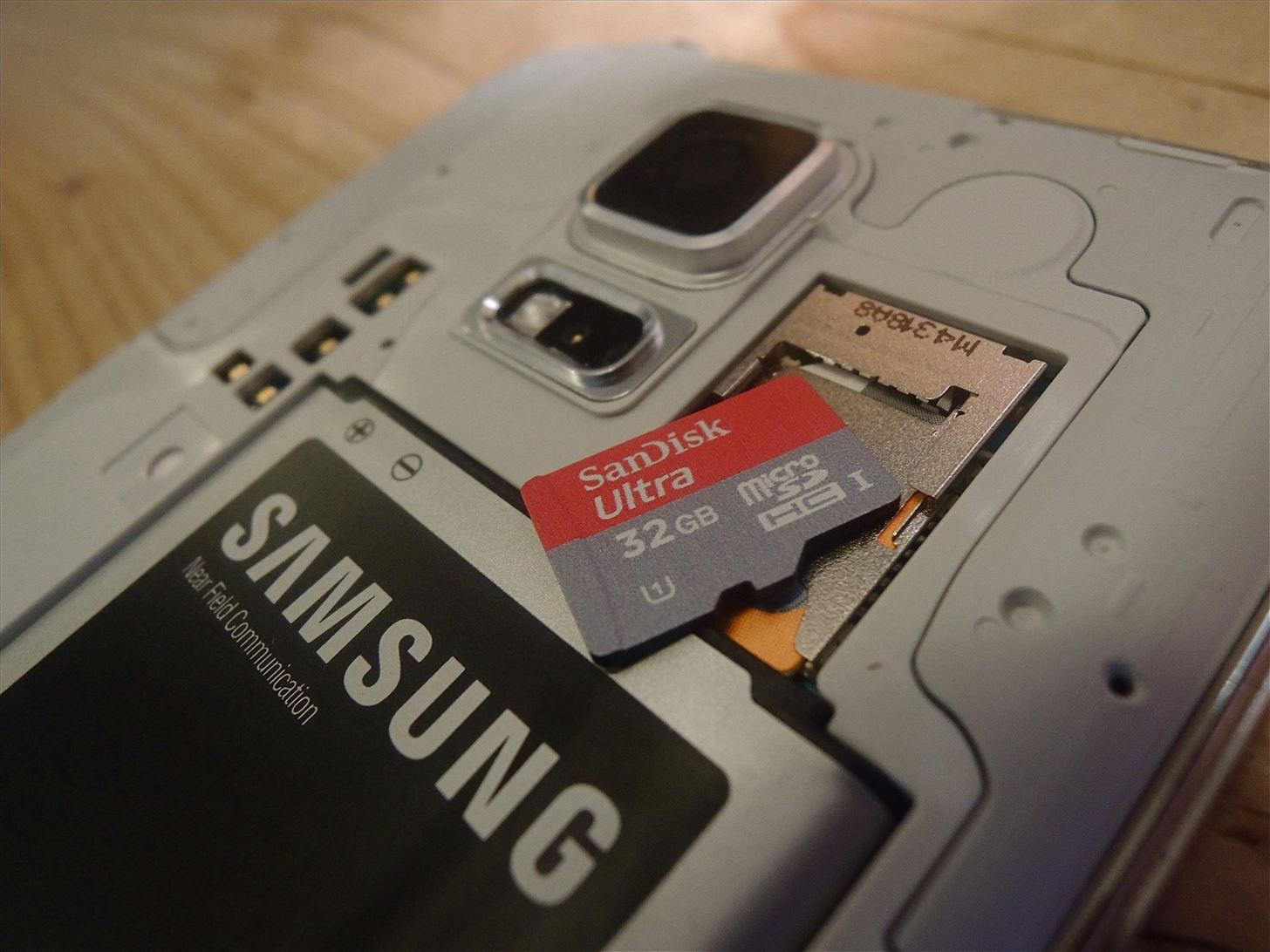

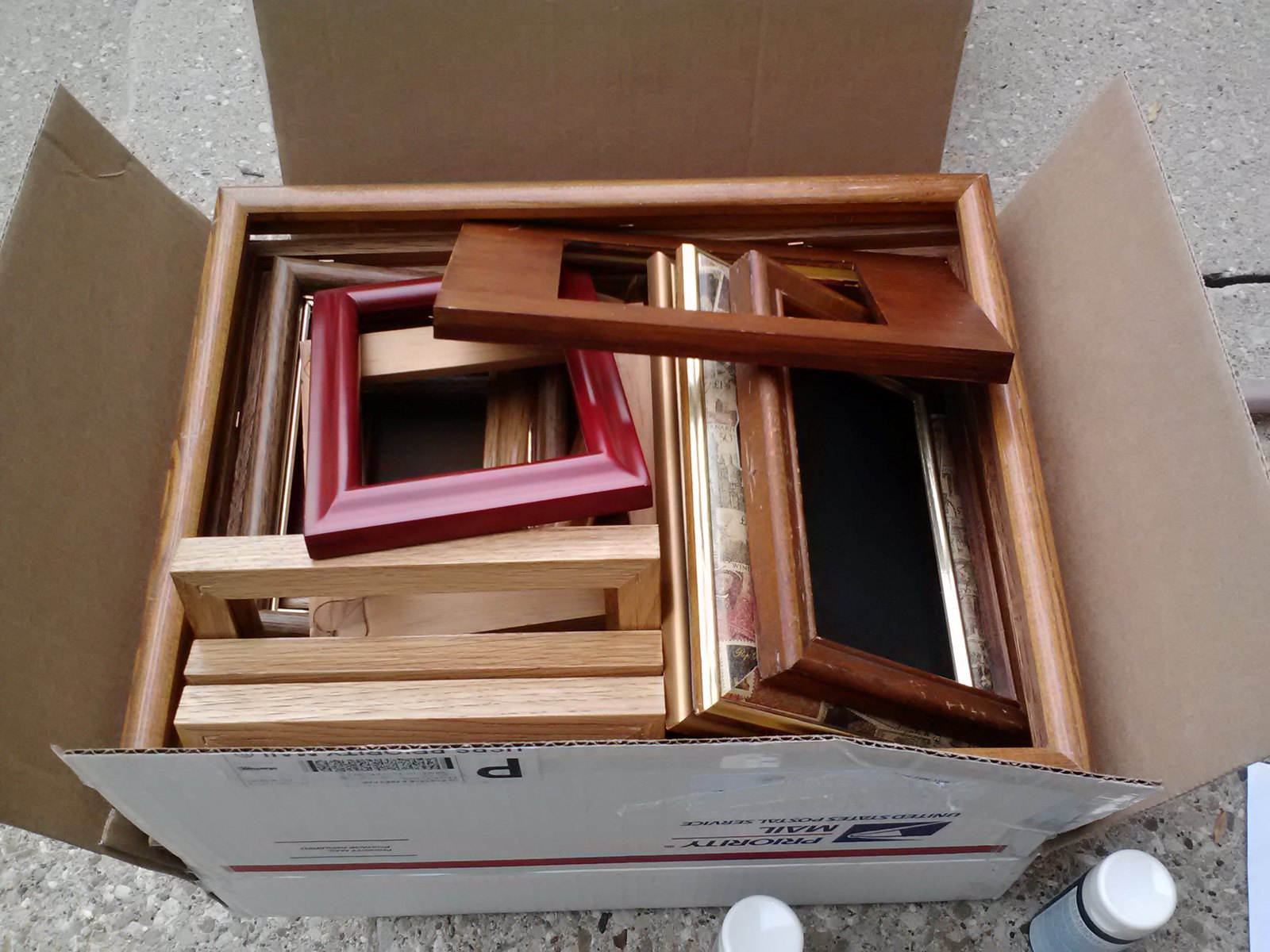


0 thoughts on “How To Store Polaroid Pictures”